Understanding equipment preferences by generation in darts reveals fascinating shifts, with older players often favoring traditional setups while younger dart enthusiasts embrace modern technologies and materials. This article will delve into the specific dart choices across different age groups, exploring the reasons behind these trends and offering insights into how generational differences impact the game.
⚠️ Still Using Pen & Paper (or a Chalkboard)?! ⚠️
Step into the future! The Dart Counter App handles all the scoring, suggests checkouts, and tracks your stats automatically. It's easier than you think!
Try the Smart Dart Counter App FREE!Ready for an upgrade? Click above!
Exploring Equipment Preferences By Generation in Darts
The world of darts, while seemingly simple, boasts a surprising level of complexity when it comes to equipment. From the weight and material of the darts themselves to the type of flights and shafts used, every detail can influence a player’s performance. But what drives these choices? Interestingly, generational trends play a significant role in shaping equipment preferences. Let’s explore how different generations approach their dart selection, uncovering the factors that influence their decisions. We will examine the common types of dartboards as well. This article will help you understand those preferences and maybe even pick up a trick or two yourself.
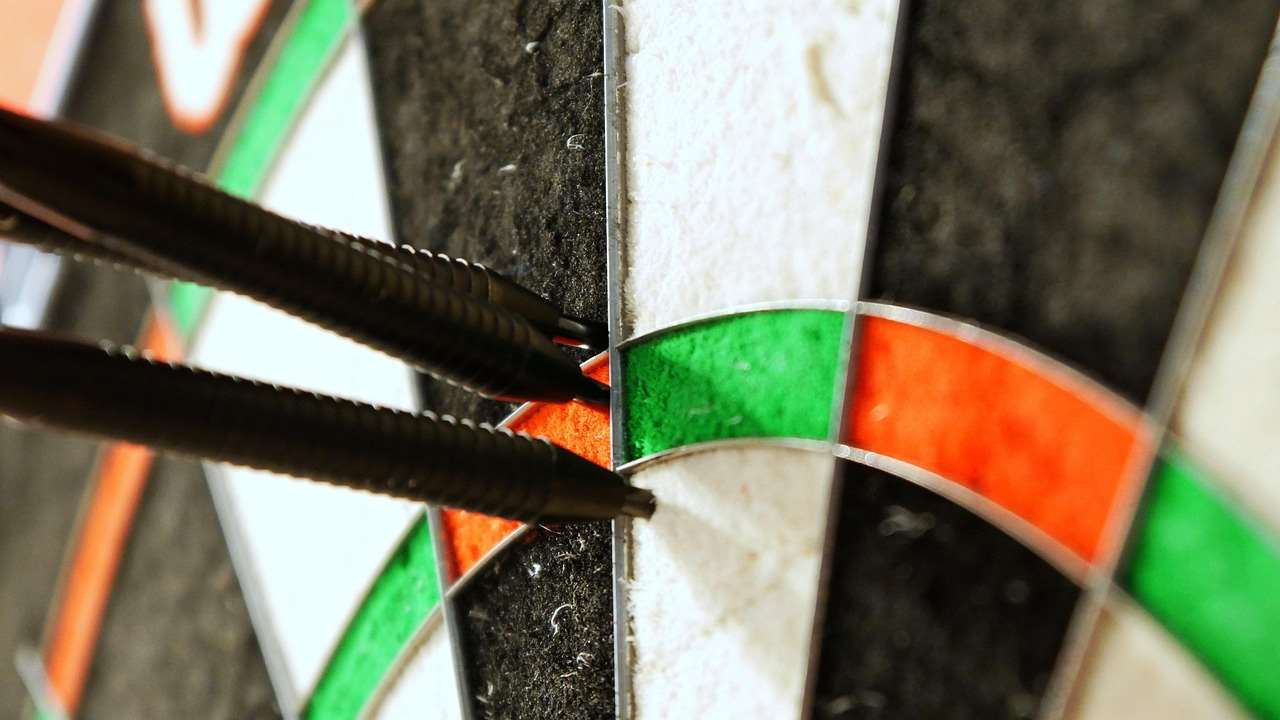
The “Silent Generation” and “Baby Boomers”: Tradition and Reliability
For players belonging to the “Silent Generation” (born 1928-1945) and “Baby Boomers” (born 1946-1964), tradition often reigns supreme. These generations typically prefer brass or tungsten darts in heavier weights (24-26 grams). Their choices are driven by a focus on reliability and a sense of familiarity. They often learned to play with these types of darts and have stuck with what works for them. They value durability and a consistent feel, prioritizing functionality over flashy aesthetics. You can learn more about Darts Culture And Community Guide here.
- Dart Material: Brass or Tungsten
- Dart Weight: 24-26 grams
- Shaft Material: Aluminum or Nylon
- Flight Type: Standard Shape
- Dartboard Preference: Bristle Dartboards
The choice of bristle dartboards is also common among these generations. They appreciate the classic feel and the satisfying thud of the dart hitting the board. They may also be less inclined to embrace electronic dartboards, which are more prevalent among younger players.
Generation X: A Bridge Between Eras
Generation X (born 1965-1980) occupies an interesting position, acting as a bridge between the traditional and the modern eras of darts. They often exhibit a mix of preferences, appreciating the reliability of classic equipment while also being open to experimenting with newer technologies and materials. This generation might use a range of dart weights (22-25 grams) and materials, including tungsten alloys with varying percentages. Their **flight shapes** may also be more diverse than those of older generations.
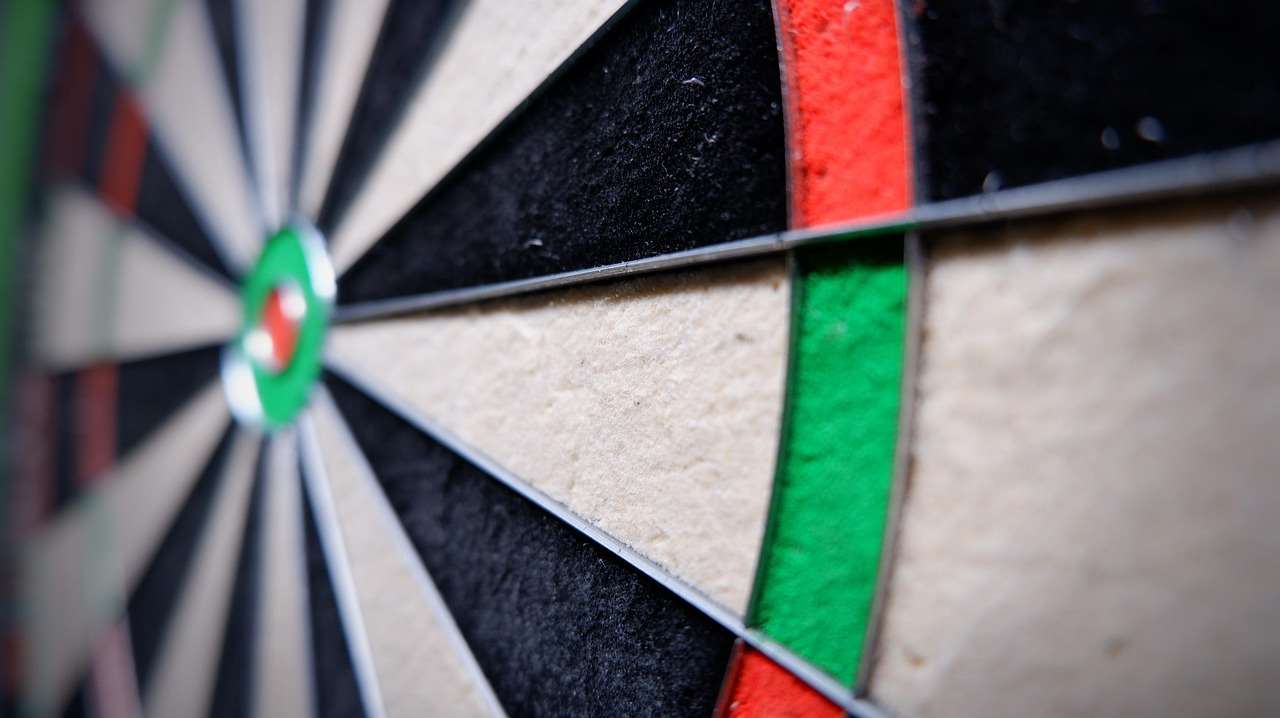
Grip and balance start becoming more important for Gen X players. They’re more likely to experiment with different barrel shapes and grip patterns to find what suits their throwing style best. They might also be more interested in dart customization options compared to previous generations. Experiencing Experience Attending Live Darts is popular for this generation as well.
Millennials and Generation Z: Embracing Innovation
Millennials (born 1981-1996) and Generation Z (born 1997-2012) represent the digital age of darts. They are heavily influenced by online resources, professional players, and technological advancements. Their equipment preferences often lean towards lighter darts (20-24 grams) made from high-density tungsten alloys. These darts allow for a smoother, more controlled throw, and they are often favored by players who prioritize precision and accuracy.
- Dart Material: High-Density Tungsten Alloys
- Dart Weight: 20-24 grams
- Shaft Material: Carbon Fiber or Polymer
- Flight Type: Slim or Kite Shape
- Dartboard Preference: Electronic Dartboards (for casual play)
These generations are also more likely to embrace modern dartboard technologies, such as electronic dartboards with automatic scoring and online connectivity. They enjoy the convenience and interactive features these boards offer. Social media and online streaming also influence their choices, as they often emulate the equipment used by their favorite professional players. They appreciate good What To Expect At Live Darts.
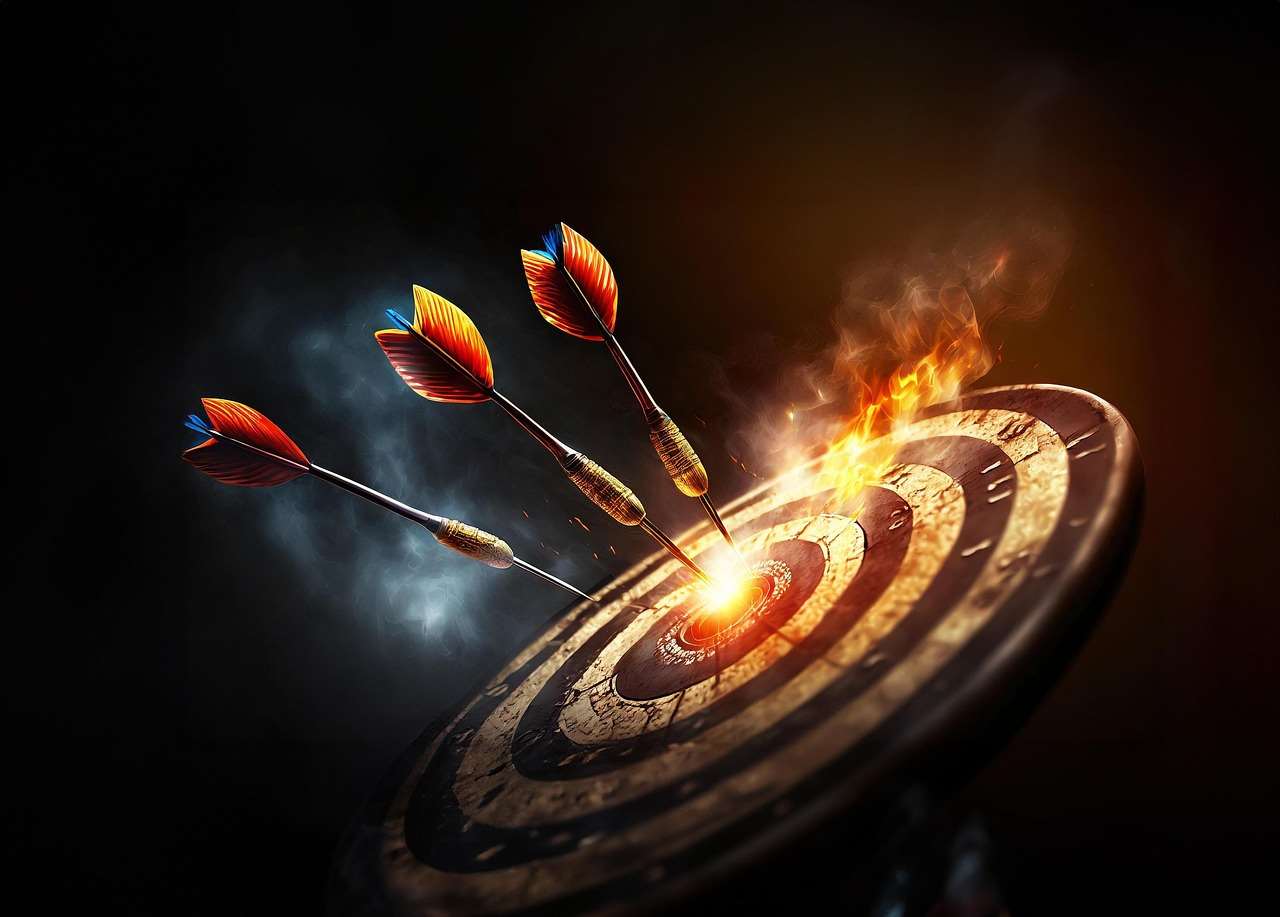
The Role of Technology and Marketing
The increasing role of technology and marketing in the darts industry cannot be ignored. Younger generations are heavily influenced by advertisements, product reviews, and online communities. Companies actively target these demographics with innovative products and marketing campaigns that emphasize performance, style, and technology. This contributes to the trend of younger players being more willing to experiment with new equipment and push the boundaries of traditional darting. It’s a great Guide To Attending Darts Events.
Understanding the Impact of Throwing Style
Beyond generational differences, individual throwing style also plays a crucial role in equipment preferences. Some players prefer heavier darts for a more forceful throw, while others opt for lighter darts for greater control. Similarly, the length and material of the shaft, as well as the shape and size of the flight, can all impact the dart’s trajectory and stability. It is important for players of all ages to experiment with different setups to find what works best for their individual style.
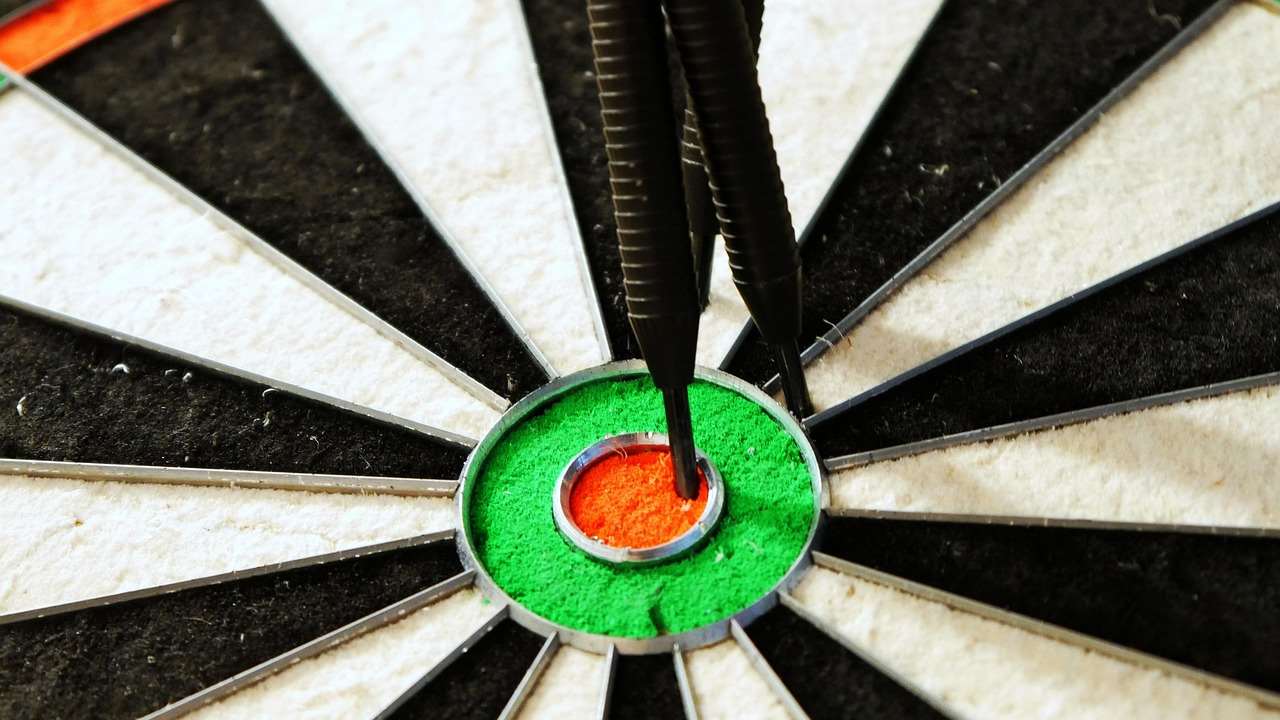
Customization and Personalization
In recent years, there has been a growing trend towards dart customization. Players can now personalize their darts with custom engravings, grip patterns, and even unique barrel shapes. This allows them to create a set of darts that perfectly matches their individual preferences and playing style. Customization is particularly popular among younger generations who value self-expression and individuality. You can learn a lot about the Atmosphere At Live Darts Matches.
Maintenance and Care: A Generational Divide?
Interestingly, attitudes towards dart maintenance can also vary across generations. Older players, who often invest in high-quality equipment, tend to be meticulous about cleaning and maintaining their darts. They might regularly sharpen their points, clean their barrels, and replace worn-out flights and shafts. Younger players, while often enthusiastic about their equipment, may be less diligent about maintenance, preferring to simply replace their darts when they become worn or damaged. This could be attributed to the greater availability and affordability of modern darts.
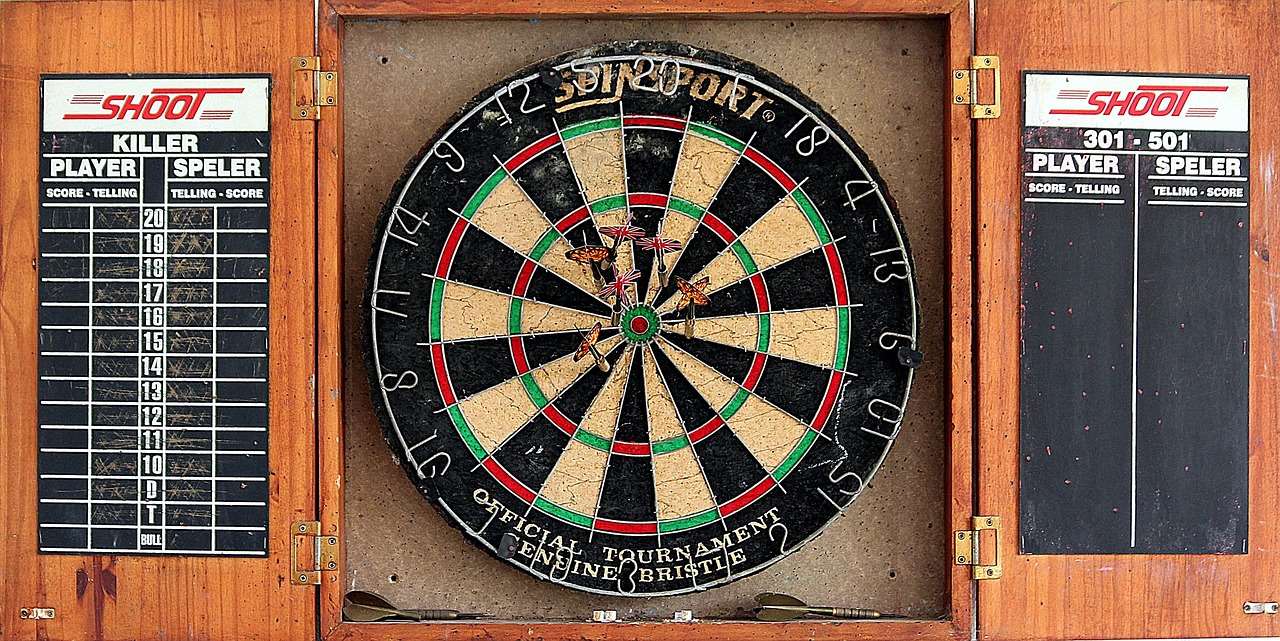
Factors influencing Equipment Preferences By Generation
Summarizing the key factors driving equipment preferences by generation, we can identify several overarching themes:
- Tradition vs. Innovation: Older generations value tradition and reliability, while younger generations embrace innovation and technology.
- Online Influence: Younger players are heavily influenced by online resources, professional players, and marketing campaigns.
- Customization and Personalization: The desire for customization and personalization is particularly strong among younger generations.
- Affordability and Availability: The increasing affordability and availability of modern darts make it easier for younger players to experiment with different setups.
- Throwing Style: Individual throwing style remains a crucial factor, regardless of generation.
Looking to the Future of Darts Equipment
The future of darts equipment is likely to be shaped by technological advancements, evolving player preferences, and the increasing influence of online communities. We can expect to see even more innovative materials, designs, and technologies emerge, catering to the diverse needs and preferences of players across all generations. The game is growing in popularity and Fan Culture At Live Darts is more exciting than ever.
As the sport continues to evolve, understanding the **equipment preferences by generation** will become increasingly important for both players and manufacturers. By recognizing the factors that influence these choices, we can ensure that the game remains accessible and engaging for everyone, regardless of their age or background.
Conclusion
Ultimately, the “best” darts equipment is subjective and depends on individual preferences, throwing style, and budget. While generational trends can provide valuable insights into common choices, it’s essential for each player to experiment and find what works best for them. Whether you’re a seasoned veteran or a budding enthusiast, exploring the diverse world of darts equipment can enhance your enjoyment and improve your performance. If you’re ready to take your game to the next level, consider researching different dart types, materials, and accessories. Visit your local darts shop, read online reviews, and don’t be afraid to experiment until you find the perfect setup for your unique style. Happy darting!
Hi, I’m Dieter, and I created Dartcounter (Dartcounterapp.com). My motivation wasn’t being a darts expert – quite the opposite! When I first started playing, I loved the game but found keeping accurate scores and tracking stats difficult and distracting.
I figured I couldn’t be the only one struggling with this. So, I decided to build a solution: an easy-to-use application that everyone, no matter their experience level, could use to manage scoring effortlessly.
My goal for Dartcounter was simple: let the app handle the numbers – the scoring, the averages, the stats, even checkout suggestions – so players could focus purely on their throw and enjoying the game. It began as a way to solve my own beginner’s problem, and I’m thrilled it has grown into a helpful tool for the wider darts community.